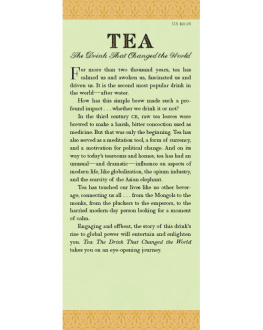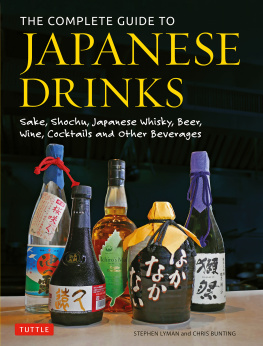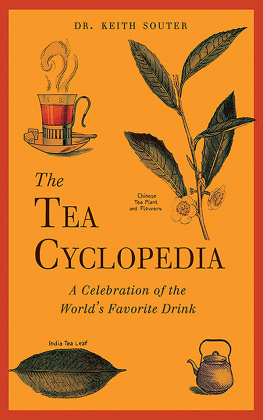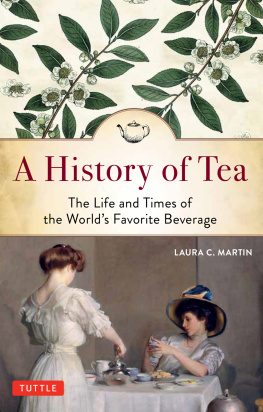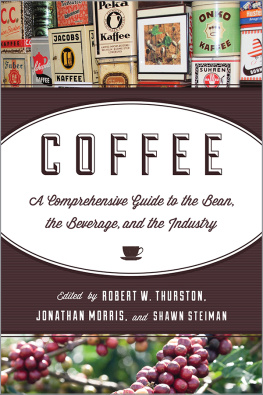A History of Tea
The Life and Times of
the Worlds Favorite Beverage
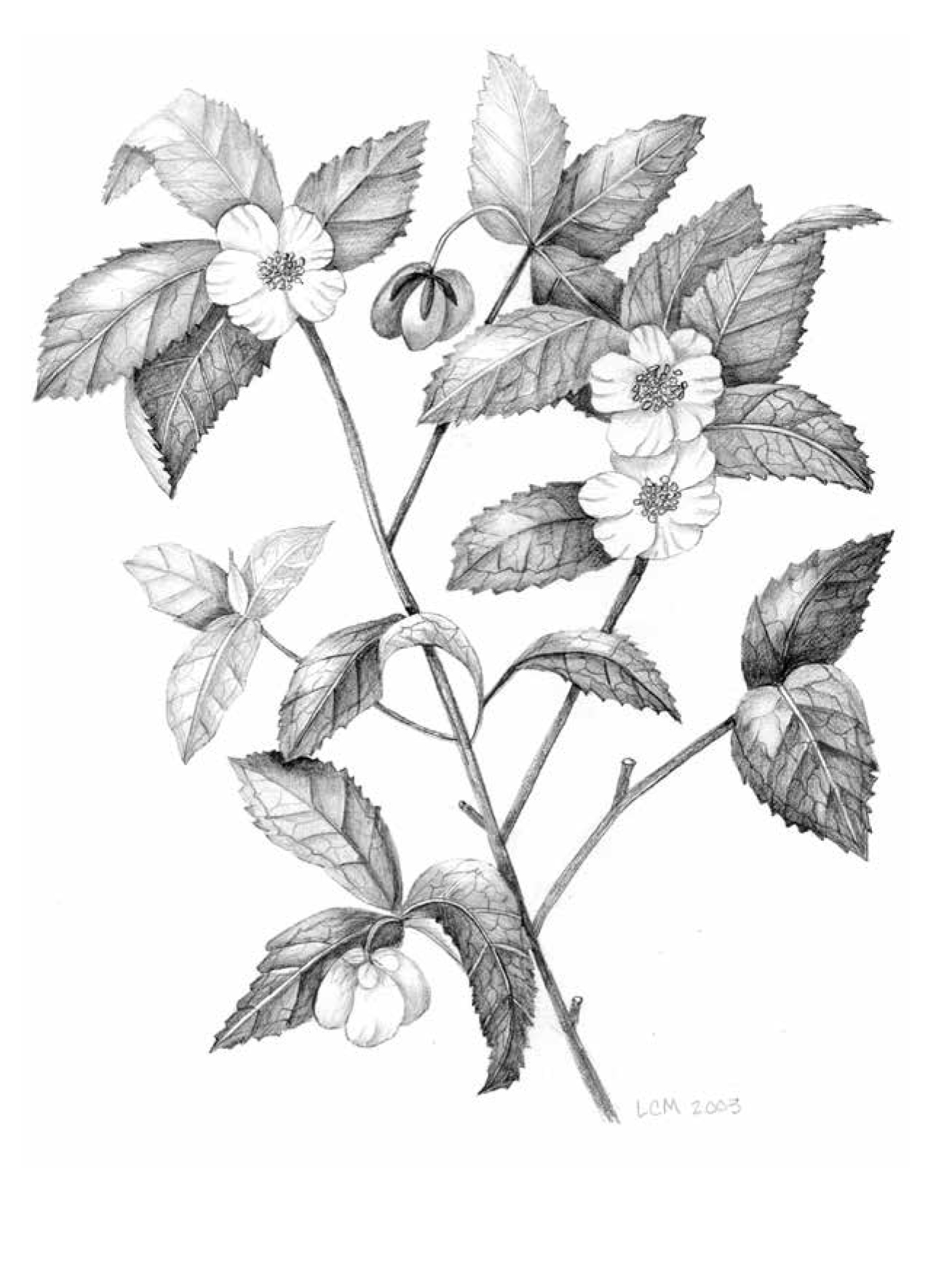
A History of Tea
The Life and Times of the Worlds Favorite Beverage
by Laura C. Martin

Published by Tuttle Publishing, an imprint of Periplus Editions (HK) Ltd
www.tuttlepublishing.com
Copyright 2018 Laura C. Martin
Cover image: William McGregor Paxton, Tea Leaves, 1909, oil on canvas, Metropolitan Museum of Art, New York, NY USA. Source: Wikimedia Commons.
All rights reserved. No part of this publication may be reproduced or utilized in any form or by any means, electronic or mechanical, including photocopying, recording, or by any information storage and retrieval system, without prior written permission from the publisher.
Many of the decorative illustrations in this book are from the classic All About Tea by William H. Ukers, which was published in 1935 by the Tea and Coffee Trade Journal Company.
www.teaandcoffee.net
Library of congress cataloging-in-publication data is in process
ISBN: 978-0-8048-5112-1; ISBN: 978-1-4629-2003-7 (ebook)
DISTRIBUTED BY
North America, Latin America & Europe
Tuttle Publishing
364 Innovation Drive
North Clarendon, VT 05759-9436 U.S.A.
Tel: 1 (802) 773-8930; Fax: 1 (802) 773-6993
www.tuttlepublishing.com
Japan
Tuttle Publishing
Yaekari Building, 3rd Floor
5-4-12 Osaki Shinagawa-ku, Tokyo 141-0032
Tel: (81) 3 5437-0171; Fax: (81) 3 5437-0755
www.tuttle.co.jp
Asia Pacific
Berkeley Books Pte. Ltd.
61 Tai Seng Avenue, #02-12
Singapore 534167
Tel: (65) 6280-1330; Fax: (65) 6280-6290
www.periplus.com
22 21 20 19 18 10 9 8 7 6 5 4 3 2 1
Printed in Singapore 1804ML
TUTTLE PUBLISHING is a registered trademark of Tuttle Publishing, a division of Periplus Editions (HK) Ltd.
Please note: This book does not provide medical advice and its recommendations are not substitutes for medical care. The teas, tisanes, and infusions presented in this book are safe and healthy for most individuals. However, new or unusual foods and drinks may cause adverse reactions in some individuals. If you have any questions about potential food allergies or other adverse effects, you should consult your physician.
About Tuttle Books to Span the East and West
Our core mission at Tuttle Publishing is to create books which bring people together one page at a time. Tuttle was founded in 1832 in the small New England town of Rutland, Vermont (USA). Our fundamental values remain as strong today as they were thento publish best-in-class books informing the English-speaking world about the countries and peoples of Asia. The world has become a smaller place today and Asias economic, cultural and political influence has expanded, yet the need for meaningful dialogue and information about this diverse region has never been greater. Since 1948, Tuttle has been a leader in publishing books on the cultures, arts, cuisines, languages and literatures of Asia. Our authors and photographers have won numerous awards and Tuttle has published thousands of books on subjects ranging from martial arts to paper crafts. We welcome you to explore the wealth of information available on Asia at www.tuttlepublishing.com.
This book is dedicated in loving memory to my parents, Ken Coogle, 19072005, and Lois Coogle, 19152006, who both had an insatiable thirst for knowledge.
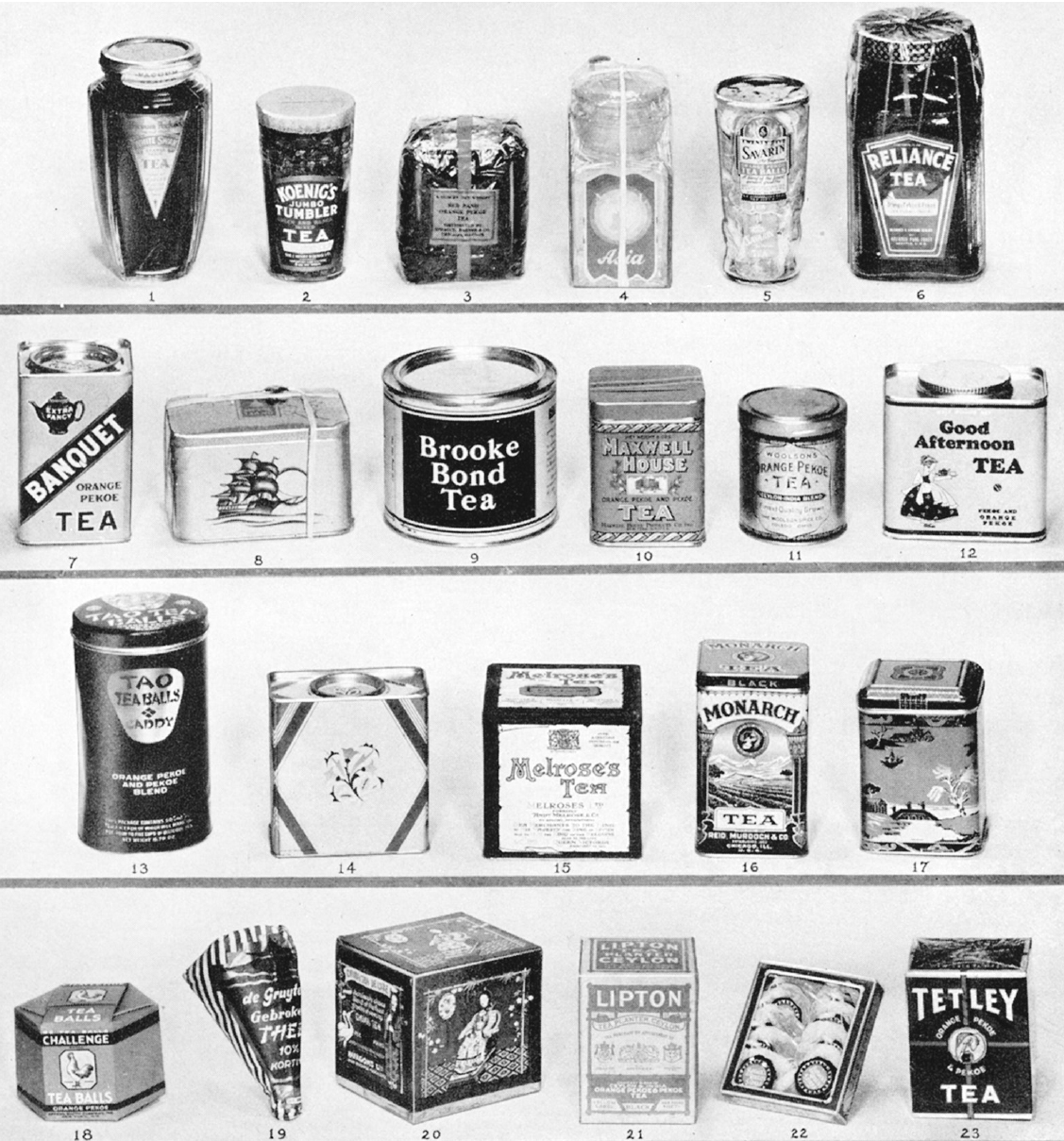
Introduction
I love tea and drink a lot of it. Part of the attraction lies in the simple act of making the tea, of stopping my daily routine to boil water and watch the tea steep until the clear water turns any number of colors, from pale gold to amber to deep brown, depending on the type of tea Im preparing. And then there is the pleasure of the first sip! Tea is more delicate than coffee, infinitely more interesting than water, healthier and more subtle than soda. It is the perfect beverageone that can be drunk frequently and in great quantities with pleasure and without guilt. Tea, in all its complexities, offers a simultaneous feeling of calm and alertness, of health and pleasure. It is no wonder these leaves, discovered in China so long ago, have changed the world.
There is a tea produced in almost every region of the globe, and one to suit every part of the day and every mood. I begin the morning with a brisk black tea such as Keemun or perhaps a stout Irish breakfast blend. When Im feeling adventurous, Ill try a Pu-erh from China. Throughout the day, I sip on the Japanese green tea sencha, but sometimes vary it with a green tea mixed with a herb such as hibiscus. For a special occasion, Ill uncork something such as the Japanese gyokuro, Precious Dew. By late afternoon Im ready for the clean, bright taste of a white tea, such as Silver Needle.
Im not alone in my love of tea. The Turkish, ranked as the highest per capita consumers of tea in the world (based on 2004 statistics), drink an average of 2.5 kilograms (5.51 pounds)more than a thousand cupsa year per person! Turkey is followed by the United Kingdom, with 2.2 kilograms (4.85 pounds) annually, and Morocco at 1.4 kilograms (3.09 pounds). We in the United States are not even in the running, though I know I must personally help drive up the averages!
People around the world are serious about their tea, as well they should be, for tea is big business with a rich and diverse past. Since ancient times in China, when raw tea leaves were brewed to make a harsh, bitter concoction used for medicine, tea has played an important part in human liveseven though it would be centuries before processing methods were discovered that changed the taste of tea from bitter to delicious.
For many centuries, only the Chinese knew of the wonders of tea, but eventually the habit of drinking tea spread throughout Asia, and then throughout the world. Tea traveled with traders, who found it to be a popular commodity; with travelers, who appreciated the comfort of a daily cup of tea during a long journey; and, particularly in its early history, with scholars and monks. Because drinking tea soothed the mind but kept one alert and awake, Buddhist monks frequently used it as a tool for meditation. As monks traveled from one country to the next, teaching about Buddhism and meditation, they took tea with them, and so the habit of drinking tea flowed from China throughout Southeast Asia and beyond.
Monks first introduced tea to Japan in the sixth century, but it wasnt until the eighth century that cultivation began and tea became an important part of Japanese life. During the fifteenth century, tea masters in Japan developed rituals and symbolism around serving tea that resulted in the Japanese tea ceremony, which is still practiced today with such grace.
The first European port city to experience tea was Amsterdam, during the first few years of the seventeenth century. At first tea was treated as nothing more than a noveltythough a very expensive one. Tea didnt make it to London for another half-century, but once the Brits found a taste for tea, they were never the same again. The British developed such a mania for tea (fueled by the British East India Company merchants who made vast fortunes selling tea) that it quickly became part of the national culture. Tea the drink and tea the social occasion became a part of British life, for everyone from lords and ladies to the men and women of the working class.
Next page

